The areas of a home you should never insulate – and why doing so could do more harm than good
What to know as the temperatures start to dip and winter approaches
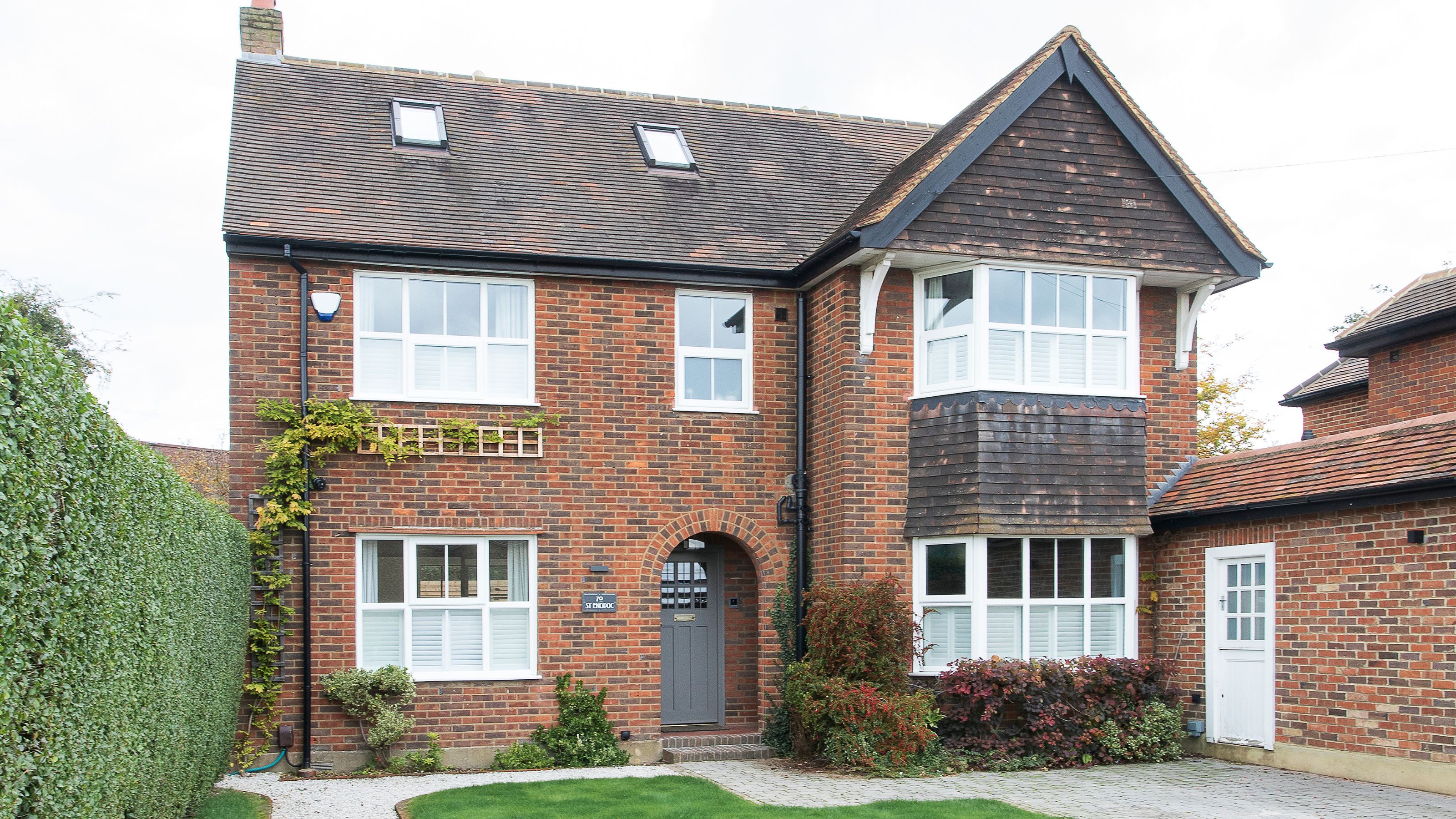

Winter always feels like a game of chicken to see how long you can last before switching the heating on full-time. If this sounds like you, then you'll likely already looked into ways to improve the insulation in your home. But in your bid to save on energy bills, it's worth noting that there are some areas of a home you shouldn't insulate.
If insulation is installed incorrectly or in the wrong places it could actually do more harm than good. While there are a number of places that you should certainly consider when it comes to how to insulate your home, there are a few that you should never insulate.
1. Near or around heaters, boilers and radiators
As you might expect, you’ll want to avoid placing insulation too close to the best electric heaters or boilers, as this can cause several issues. ‘Insulating too close to these units risks them overheating, resulting in equipment failure, system inefficiency, or even fire threats. These spaces require adequate ventilation to properly disperse heat,’ says Mike Storey, insulation expert at UK Flat Roofing & Insulation Specialists.
It’s also imperative that you keep space around boiler flues clear, blocking these can interfere with ventilation and create safety risks. Insulating around radiators and other heating methods can also ‘reduce their efficiency in heating rooms because they need good airflow to circulate warmth effectively,’ says Gary Jarman, building expert at Building Shop.

2. Around vents
Vents can often make our homes feel that bit colder, particularly during autumn and winter when the temperatures start to dip. But ‘although they can feel draughty, you should never let insulation cover over a vent or use draught-proofing materials to block them up,’ MyJobQuote.co.uk’s property and construction expert, Thomas Goodman, reveals.
‘This includes vents on chimney breasts, in the roof and air bricks underneath suspended floors. Blocking them up prevents the movement of air, causing moisture to become trapped,’ he continues. And this can lead to significant damp issues in the long term.
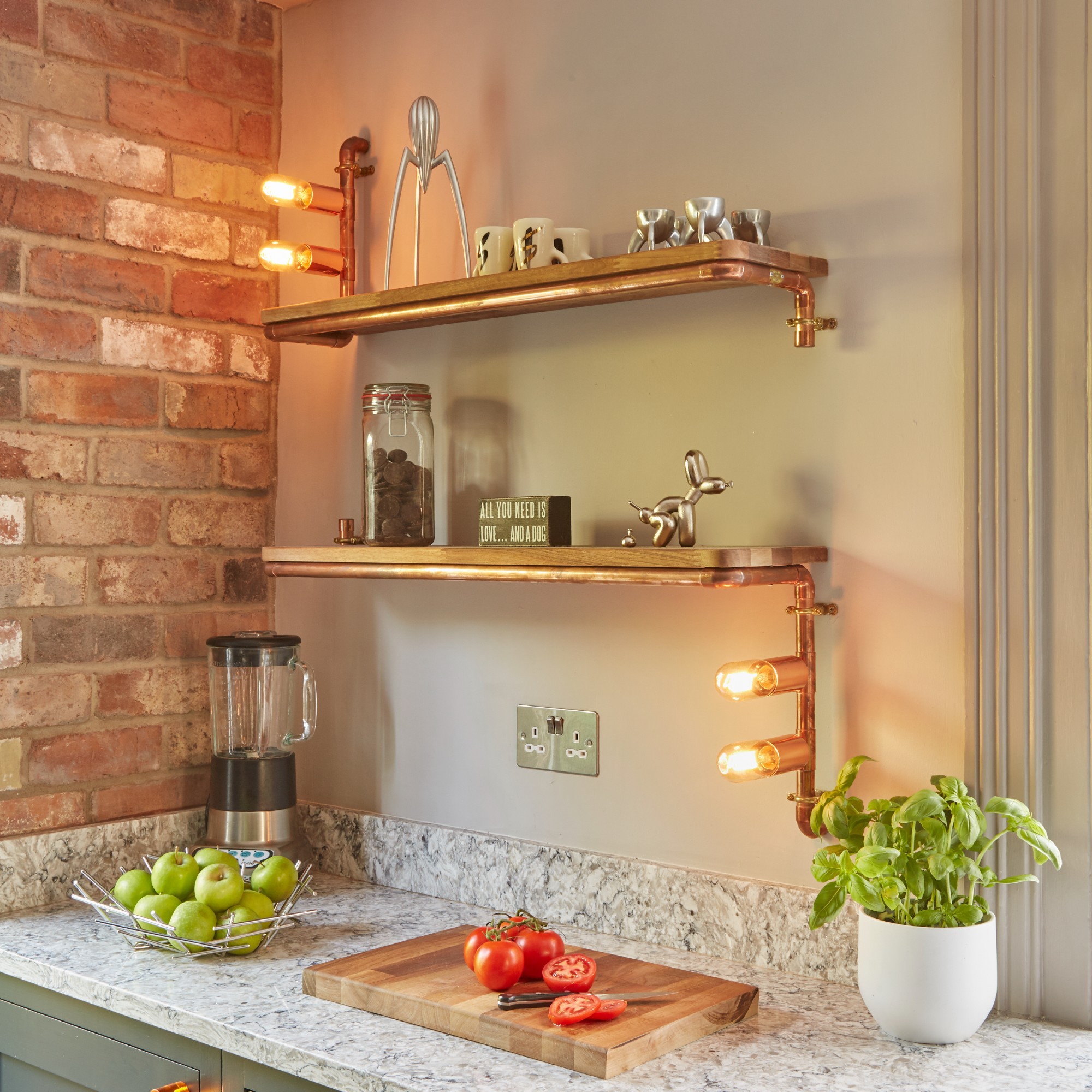
3. Over electrical cables and wiring
‘Loft insulation over wiring is another tricky one,’ says Mark Glenney, founder of The Stairlift Store. ‘Generally, it’s safe to cover electrical cables lightly, but don’t pack insulation too tightly around them,’ he continues. This is because wiring needs space to release any heat and packing insulation tightly around or over cables or wiring can increase the risk of overheating. So, you’ll want to check ‘the insulation type and make sure it complies with UK standards—there are guidelines about safe distances between the insulation and electrical components for a reason.’ And quite a few experts agree with this sentiment.
Get the Ideal Home Newsletter
Sign up to our newsletter for style and decor inspiration, house makeovers, project advice and more.
‘Covering wiring with loft insulation is generally fine, but you'll want to make sure your wiring is rated correctly and any junction boxes are properly insulated so they don't overheat and cause a fire risk,’ Becky Lane, co-founder and CEO of Furbnow, concurs. ‘If you're in any doubt, getting your wiring checked or upgraded before laying that insulation is always a smart move.’
Not only can it cause wires and cables to overheat but it ‘can reduce the cable's current carrying capacity,’ affirms Paul Spence, Technical Manager at Heatly. Essentially, ‘cables should only be covered with insulation if an electrical expert has confirmed this won’t reduce capacity too significantly,’ he maintains.
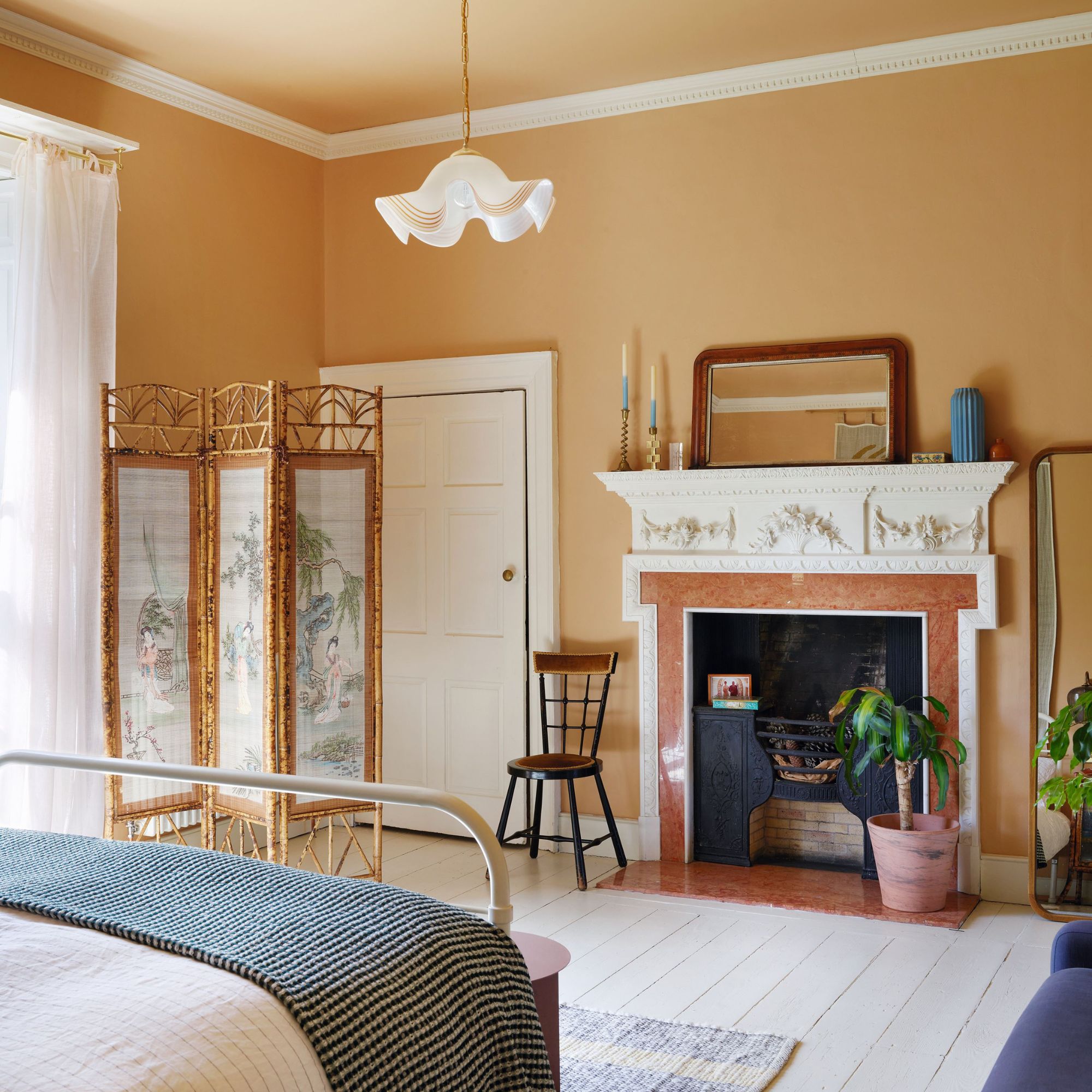
4. Cavity walls in older properties
Although most cavity walls can be insulated – and that’s probably one of the most common places for insulation to be added – there are a few instances where it’s better not to, the experts agree. For example, did you know that older homes and properties were built with solid walls that are meant to breathe? And because these walls rely on airflow through them to manage moisture, ‘improper cavity wall insulation can lead to condensation issues,’ informs David Miloshev, electrician and home improvement expert at Fantastic Services.
If you do plan on insulating the cavity walls of an older property, you may need to use breathable insulation materials to retain this ability.
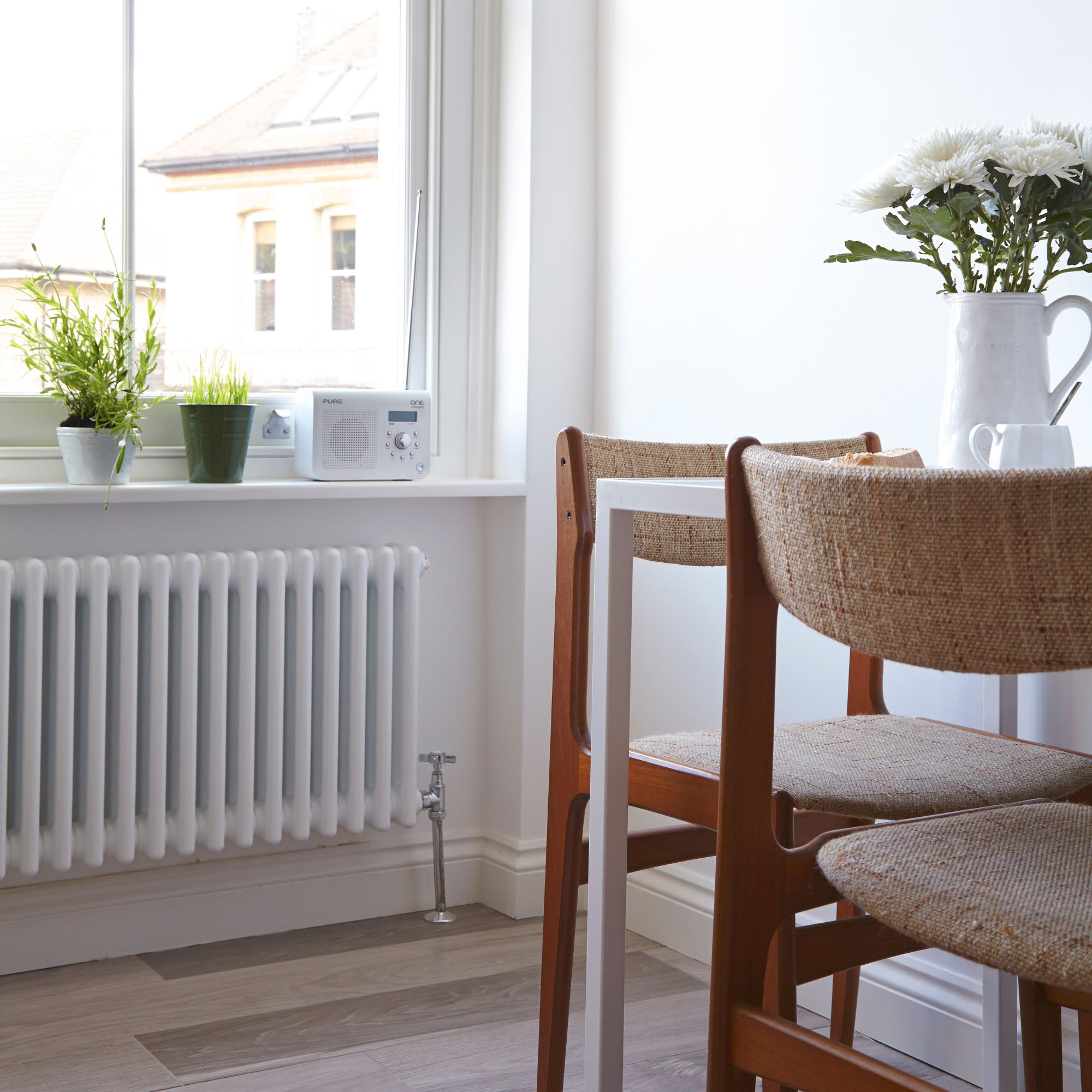
5. Under floor boards in older properties
Again, this also primarily pertains to older homes and Luis Montes, structural engineer, heavy-duty equipment expert and Chief Editor at Fortis HD, proposes that ‘older homes' underfloor voids should not be insulated.’ This is because ‘some older UK homes have suspended timber floors with air bricks around the base.’ And these air bricks help to ventilate the area and prevent any moisture from building up. But as soon as you insulate or block this area, it could cause moisture to be trapped under the floor, leading to wood rot and even structural issues in a worse case scenario.
‘This mistake has cost people expensive repairs,’ Luis reveals.
6. Attic or roof eaves
Blocking these can also cause condensation, moisture and even mould to build up ‘and it's important to keep them free so that the lifespan of the roof isn't compromised,’ Gary warns. The last thing you want is to have to replace your roof because you wrongly insulated your eaves.
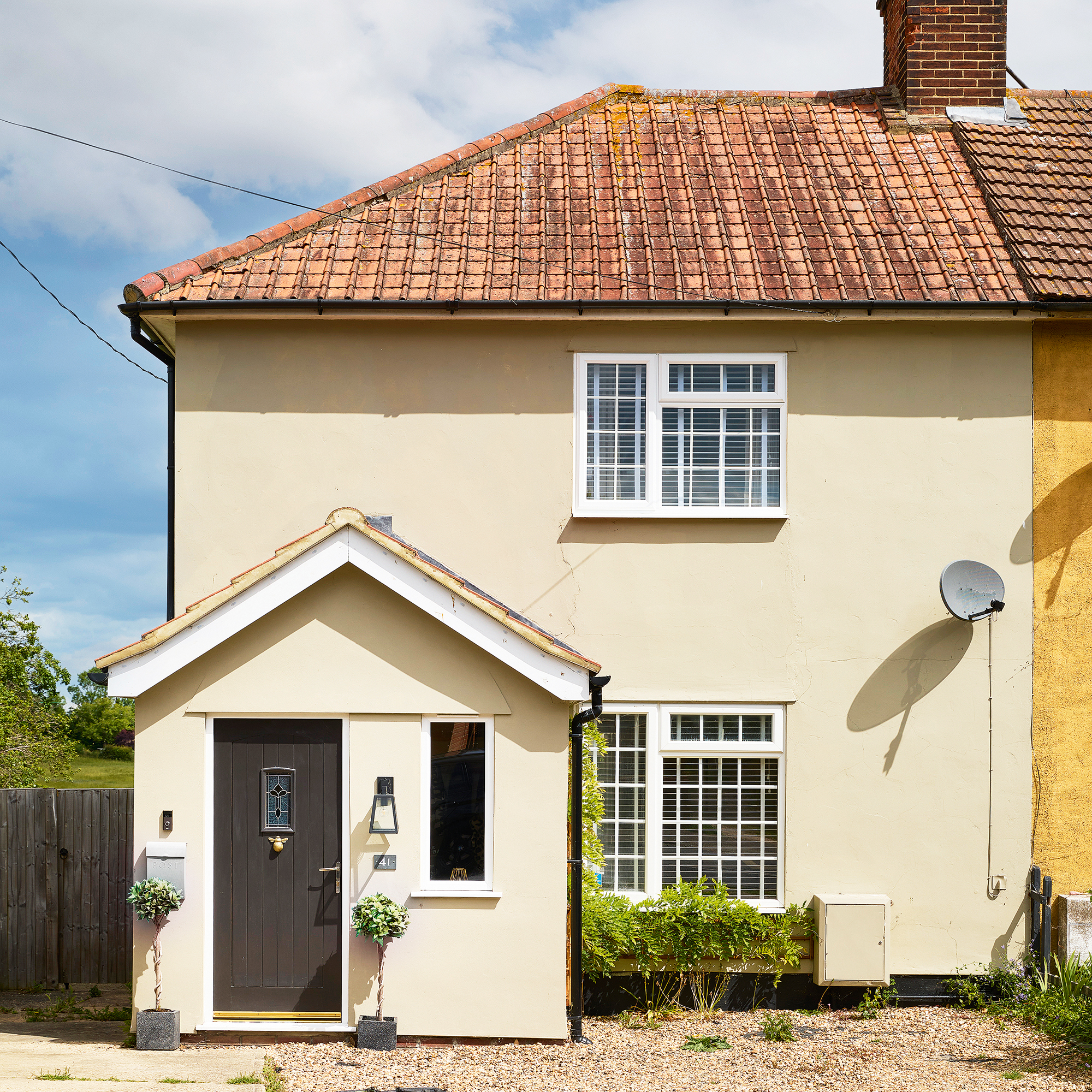
7. Any damp areas of your home
There’s nothing more frustrating than finding damp or excess moisture and condensation in your home. But if you’re thinking about insulating an area that is already prone to damp, this isn’t a good idea.
‘If you don’t address the moisture first, the insulation will trap it and lead to mould, mildew or rot. And this will compromise the insulation over time and reduce its effectiveness, possibly even weakening surrounding structures,’ Mike says.
So, it’s important to fix any damp issues before even thinking about insulating these areas of your home, as not only could it make the issue worse but you could essentially be wasting your time and money by installing any type of insulation before it has been remedied. It could be that you have a leak or something as simple as too much condensation – understand why it is occurring before you consider insulating this part of your home.

FAQs
Can too much insulation cause damp?
‘It’s not that you can have too much insulation, but that you can have too little ventilation,’ Thomas explains. Essentially, ‘the wrong type of insulation can also cause damp. For instance, using non-permeable insulation underneath a wooden floor will block airflow, leading to a build-up of moisture that can potentially rot joists and floorboards. Similarly, older homes are built with solid walls that are designed to breathe. So, you may need to use breathable insulation materials to retain this ability,’ Thomas adds.
It’s also important that your walls are in good condition before you start insulating them, otherwise you may exacerbate damp issues. For instance, if you apply mineral wool insulation to the inside of your walls before fixing existing damp issues, it’s likely to sag and lose its insulating properties, plus it will start to go mouldy and make your walls wet.
What areas of your home need insulation?
While we’ve outlined some of the places that shouldn’t be insulated, there are some which can make a big difference in a positive way. The most obvious area is your roof or attic and this is because around 25% of the home’s heat is lost through the roof, according to the experts. ‘It’s also one of the easiest and cheapest places to add insulation,’ Thomas argues. ‘Blanket insulation costs about £25 and can be DIY-fitted if you’re on a tight budget. Or, if you have a vaulted roof, you should add insulation between the rafters instead.’ Just remember to leave some space for ventilation.
And given the fact that this can save you hundreds of pounds on your energy bills, it’s something to seriously consider. Another area that you might want to pay attention to is your pipes and hot water tanks. By insulating them you are helping the entire heating system to retain its heat, which helps them to work more efficiently and prevent any heat loss, which could save you money on your bills.
So, there are quite a few things that you should consider before you start insulating your home, whether that’s through a spot of DIY or when consulting a professional.

Ellis Cochrane has been a Freelance Contributor for Ideal Home since 2023. Ellis has been writing about homes, interiors and gardens for four years now, with her also contributing to House Beautiful, Country Living, Expert Reviews, Real Homes and Stylist.
-
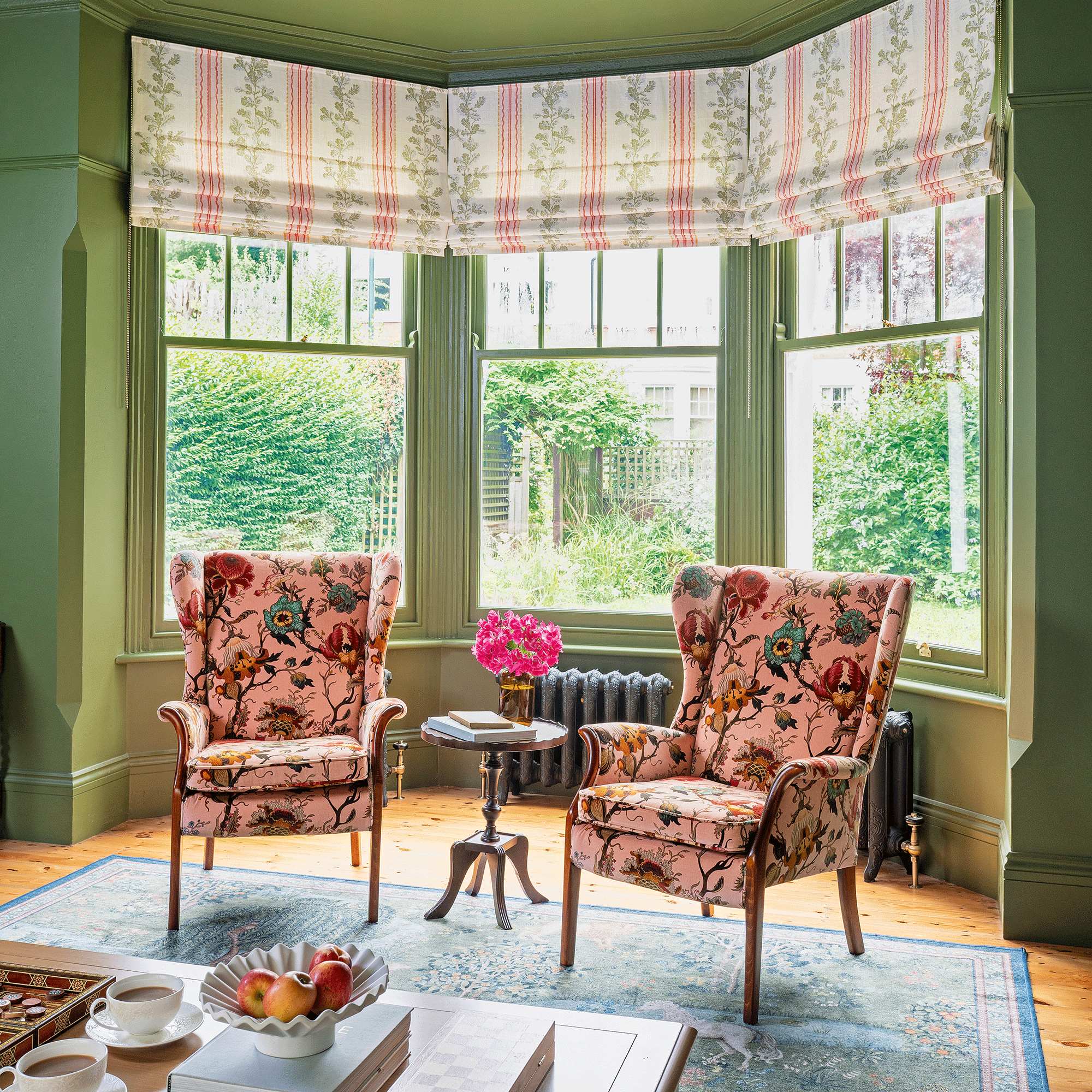 A strict colour palette and vintage finds have turned this semi-detached Edwardian house into an elegant family home
A strict colour palette and vintage finds have turned this semi-detached Edwardian house into an elegant family homeSticking to a three-colour palette of green, pink and yellow and mixing in plenty of vintage furniture and art has created an authentic period feel
By Stephanie Smith
-
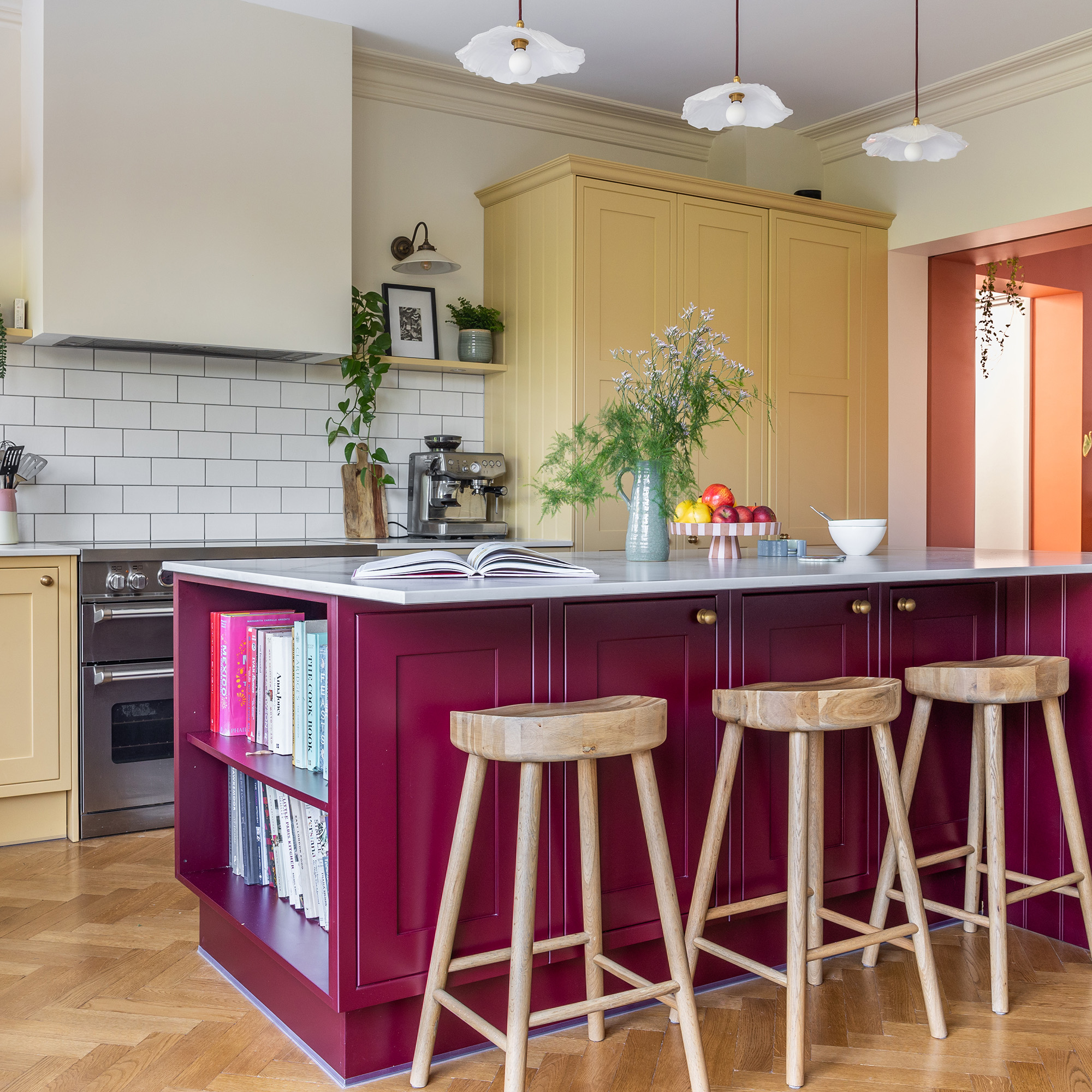 A top-to-bottom renovation has turned this Edwardian house into a lovely family home
A top-to-bottom renovation has turned this Edwardian house into a lovely family homeWith a few considered structural changes, this period house has been turned into a family home and has created a sanctuary for years to come
By Maxine Brady
-
 How to heat a conservatory
How to heat a conservatory7 practical options to consider for year-round comfort
By Amy Reeves